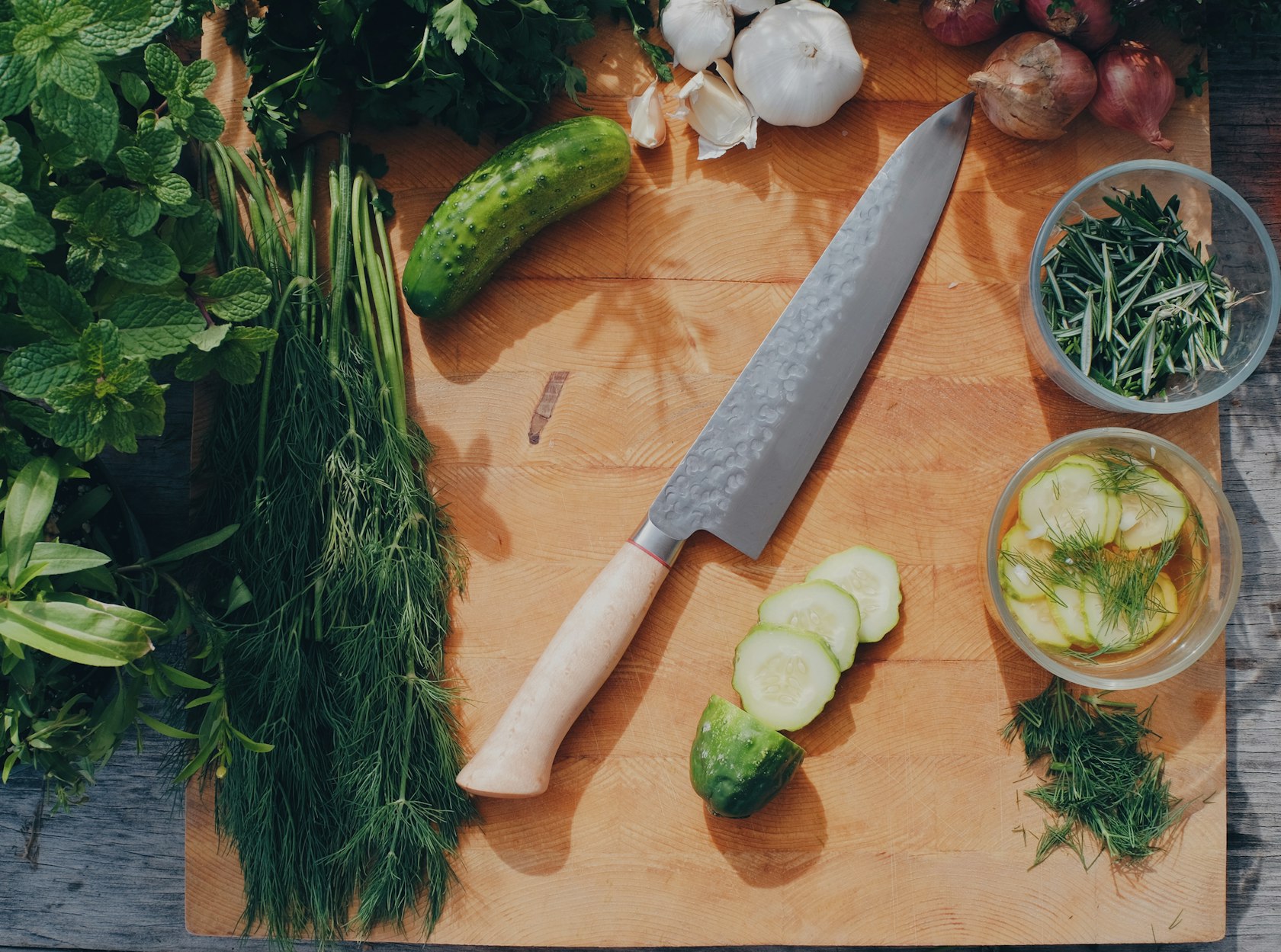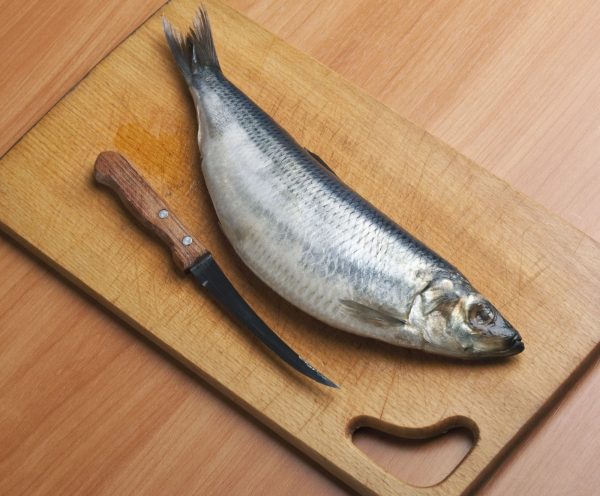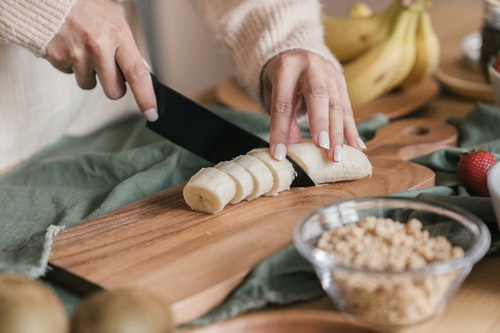
Introduction
Regrinding a knife blade can seem like a daunting task, but with the right technology and techniques, it can be both manageable and rewarding. Whether you are a kitchen hobbyist or someone looking to breathe new life into a worn-out blade, this comprehensive guide will offer all the insights you need. In this article, we will delve into how to regrind a knife blade to perfection and cover essential tips to enhance your skills.

What is Regrinding?
Regrinding involves reshaping the knife blade by removing metal to restore its sharpness and edge geometry. This process is essential for maintaining the knife’s performance over time. Regrinding can correct nicks, chips, and unevenness, bringing back the blade to its original glory.

Why Regrind Your Knife Blade?
Over time, even the best knives lose their edge due to extensive usage. Regular sharpening may not always suffice, especially if the blade has suffered significant damage. Regrinding provides a fresh start by realigning the edge and restoring cutting efficiency. It’s particularly valuable for those keen on maintaining their kitchen tools in top-notch condition.
Regrinding Vs. Sharpening
It’s crucial to understand the difference between regrinding and sharpening. Sharpening focuses on honing the edge using a sharpening stone or tool, whereas regrinding reshapes the blade itself. Both processes are vital but serve different purposes in knife maintenance.

Essential Tools for Regrinding
Before diving into the process, gathering the right tools is essential. Heres what youll need:
- Grinding wheel or grinder
- Sharpening stones
- Water or oil (depending on the type of stone)
- Protective gloves and eyewear
- A steady workspace
- Angle guides (optional but helpful)
Choosing the Right Grinding Wheel
The type of grinding wheel you choose can significantly impact your results. Aluminum oxide wheels are popular for general-purpose grinding, while ceramic wheels offer more durability and a finer finish. Match the wheel to your blade material for the best outcome.
Step-by-Step Guide to Regrinding
Step 1: Assess the Blade
Start by examining the blades condition. Look for visible damage such as chips, nicks, or uneven sides. This initial assessment will help you determine how much material needs to be removed.
Step 2: Set Up Your Workspace
Prepare a stable workspace with good lighting. Ensure your grinding wheel is securely mounted, and all necessary tools are within reach. Safety is paramount, so don your protective gear before starting.
Step 3: Begin Grinding
Turn on the grinding wheel and hold the knife at the correct angle, usually between 10 to 20 degrees, depending on the blade type. Gently press the blade against the wheel and move it along the edge consistently. Keep the pressure moderate to avoid overheating or damaging the blade.
Step 4: Cool the Blade
Grinding can generate heat, potentially harming the blades temper. Periodically dunk the knife in water or oil to keep it cool. This step is crucial to maintaining the blade’s structural integrity.
Step 5: Check Your Progress
After a few passes, stop and inspect the blade. Ensure the edge is forming evenly and that no new damage is occurring. It’s better to progress slowly than to rush and risk inconsistencies.
Step 6: Fine-Tuning
Once the desired edge shape is achieved, switch to a finer grit stone for honing. This step will polish the edge, enhancing sharpness and reducing burrs. Use gentle, precise movements to obtain a razor-sharp finish.
Maintenance Tips
Proper care can extend the life of your regrinded knife. Here are some tips:
- Regularly hone the edge to maintain sharpness.
- Avoid hard surfaces that can dull the blade.
- Store the knife in a sheath or knife block to protect the edge.
- Adopt a routine cleaning schedule.
Regrinding Different Types of Knives
Chef’s Knives
Chef’s knives are versatile but can wear out quickly due to frequent use. Pay close attention to maintaining the angle and evenness of the edge when regrinding.
Fillet Knives
These knives require a narrower angle for precision cutting. Regrind with care to maintain their flexibility and sharpness. For more information on fillet knives, check out how to sharpen a Rapala fillet knife.
Serbian Chef Knives
The unique shape of Serbian chef knives can make regrinding a bit challenging. Focus on keeping the edge consistent across its length. Learn more about Serbian chef knives Here.
Utility Knives
These general-use knives benefit significantly from periodic regrinding. Ensure the edge is sharp and versatile to handle various tasks efficiently.
Common Mistakes to Avoid
Regrinding a knife blade is a delicate process that requires precision. Here are some common mistakes to watch out for:
- Applying too much pressure
- Ignoring blade cooling
- Using the wrong grinding wheel
- Rushing the process
- Skipping fine-tuning
FAQs
Is regrinding a knife blade difficult?
No, with the right tools, guidance, and practice, anyone can learn to regrind a knife blade effectively.
How often should I regrind my knife?
The frequency depends on usage. Regular kitchen knives might need regrinding annually, while professional chefs may require more frequent maintenance.
Can I use any grinding wheel?
No, it’s essential to choose a grinding wheel suitable for your knife’s material for the best results. Learn more about different types of grinding wheels Here.
Conclusion
Regrinding a knife blade is a valuable skill that can save money and enhance your cooking experience. By following this guide, you will develop the confidence and expertise to maintain your knives in excellent condition. Remember, the key is patience and practice. With each regrinding session, you will get better and more comfortable with the process.
As an Amazon Associate, I earn from qualifying purchases.


